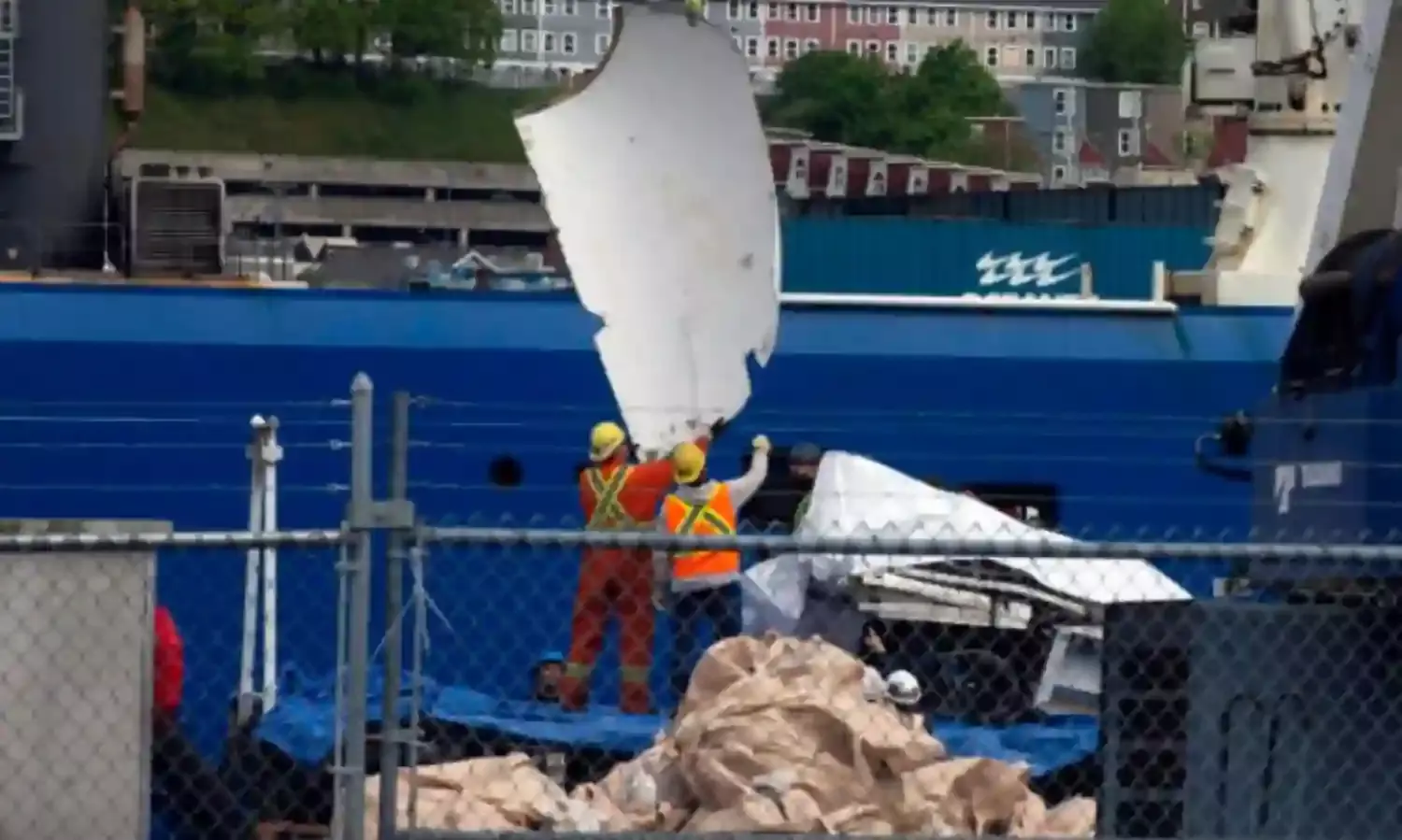Lessons From The Titan
When you don't learn from history, it has an uncanny way of repeating itself

“Safety is pure waste. If you just want to stay safe, don’t get out of your bed. Don’t get in your car. Don’t do anything! At some point you’re going to take risks. And you can do it as safely as breaking the rules”: Stockton Rush Oceangate CEO.
The first time I heard about Oceangate’s ‘adventure tourism’, whichever way I analysed the disaster, it felt weird. But then, who are we to judge? Perhaps it’s the attraction for the area of nature that humankind hasn’t been able to control fully (because we can’t breathe underwater). Or perhaps it’s the desire to see an underwater ‘museum’. As long as it doesn’t impact the innocent, everyone has a right to spend their money as they want to.
On June 18, when five people dove into the sea in the Titan Submersible, to see the Titanic’s wreck, they also dove straight into misfortune. The passengers were Hamish Harding, a British billionaire, Paul Henri Nargeolet, a former commander of the French Navy, British Pakistani businessman Shahzada Dawood with his 19-year-old son Suleman, and the pilot Stockton Rush, an aerospace engineer, who founded Oceangate to take rich people on deep sea expeditions.
However, this adventure proved to be quite expensive. Literally for the passengers and pilot, also figuratively for the company.
To know what happened under the sea, let’s first understand the topography of the ocean. The maximum depth for recreational diving is 130 feet. My son, who is a licensed and enthusiastic scuba diver, has explored the mysterious undersea world, but it was all above the danger level.
After 650 feet starts the ‘Twilight Zone’, an area where a small amount of light penetrates. At 3800 feet, is the ‘Midnight Zone’, where no sunlight reaches. At 12,080 feet, which is nearly as deep as Mount Fuji is tall, lies the Ocean Floor. This is where the century-old wreckage of the Titanic lies. And this is where the ‘Titan’ imploded.
What Stockton devised was not a submarine, it was a submersible. The difference is that submarines are self-powered and can dive down and emerge independently, but submersibles are locked from outside and can only dive down. To come up and be unlocked, they need a support ship that stands above the water.
The ship that controlled the Titan was called Polar Prince. Every 15 minutes it would get a signal from below to say that everything is ‘changa si’. As weird as it may sound, the pilot of the submersible regulates it with a video game controller (the US Navy also controls their submarines and periscopes through Xbox controllers).
The tour takes two hours, and on that fateful day, when Polar Prince stopped receiving signals from the submersible, they knew something was wrong.
Thus began the panic and the rescue operations, with multiple teams putting their lives at stake. Two American and two Canadian aircrafts started the operations. For days ROVs (Remotely Operated Vehicles) were searching the ocean floor. Finally on June 22, around 490 metres away from the Titanic, an ROV found shattered debris of the Titan. It also confirmed the death of all five passengers.
It was concluded that, due to high pressure the Titan had not ‘exploded’ but ‘imploded’. Again, there is an interesting difference. Explosion is when the force moves outside, leading to a blast. Implosion is when the force moves inwards and [the structure] is shattered.
It takes a millisecond for this catastrophic implosion to happen. So, in the blink of an eye, five people were instantly killed. The only consolation being that none of them suffered. But. Their deaths could have been avoided if the design material wasn’t compromised.
Usually submarines are made with Steel, Titanium or Aluminum, but the Titan was an experimental design made with Carbon Fibre and Titanium. It was a risk the CEO took because he prioritised commercial innovation over passenger safety.
In earlier interviews, Rush even admitted breaking some rules but with ‘logic’ and ‘good engineering’. He was warmed by industrialists, deep sea explorers, and oceanographers, who wrote a joint letter saying that with such an experimental approach Rush was putting himself and his clients in danger.
Ironically, in the race to reach the Titanic, Rush replied with the same sentence that was said about the ship a century ago, which proved wrong. He said the ‘Titan’ was unsinkable!
The desire for Rush to become a part of history has come true. His name will now be included in the list of inventors killed by their own inventions. The more I see cases like these, the more I take it as a warning and lesson.
This is yet another reminder for us not to underestimate the power of nature. Although adventure is good, risking safety and security for the sake of fun isn’t worth it.
Deep sea exploration is as challenging as space exploration and all the steps taken have to be fully tested. But I guess, if your death is destined to be under the bottom of the sea, you’ll even shell out Rs 2 Crores and rent a submarine to somehow reach there.
Every life is precious. May the souls of the deceased rest in peace. I sincerely hope this is the last time someone ignores safety regulations. When you don't learn from history, it has an uncanny way of repeating itself.
Cover Photograph: Debris from the Titan submersible. AP Photo


